I saw an ad the other day of the availability of atis or sugar/custard apples in our local Asian store here in the Sacramento area for $3 each. This reminded me of an article I wrote a couple of years ago on the availability( although may be seasonal) and affordability of fresh tropical fruits in the Philippines. Here's my article on the subject of Popular Fruits of the Philippines.
A Few of My Avocado Harvests from the Orchards of Chateau Du Mer, Philippines
Some Filipino Fruits with their English Names
Here's a list of some popular seasonal fruits in the Philippines. How many of these fruit have you tried?
Atis (custard or sugar apple)
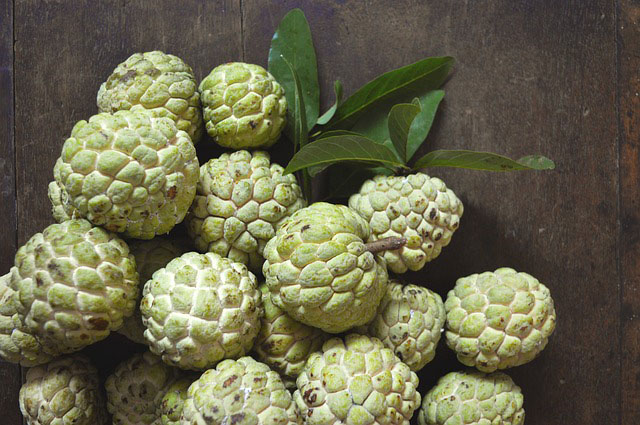
Atis has lots of seeds that are coated with a soft sugary pulp that tastes like custard. The sweet fruit is available from September to December.
Banana

Banana is considered the “most economically important fruit” in the country since it is one of the locally-produced fruits available throughout the year.
Chico (naseberry)

Chico has a sweet and malty flavor that has an edible coat. It’s also called an energy fruit because it has high levels of sugar. The fruit is available every January and February.
Dalanghita (mandarin orange)
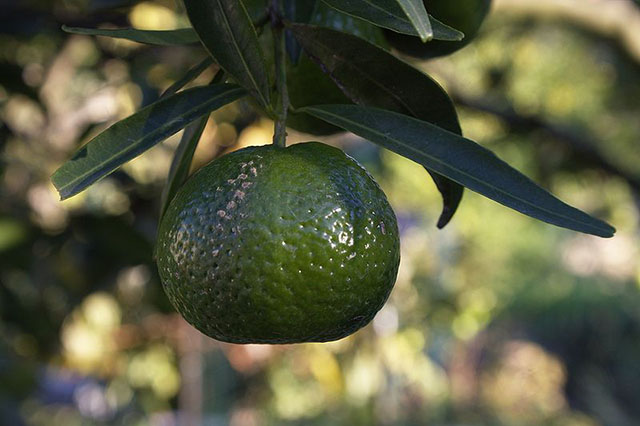
Dalanghitas are considered an important fruit around Chinese New Year because it symbolizes good fortune. They are available from January to February and October to December.
Duhat (Java plum)
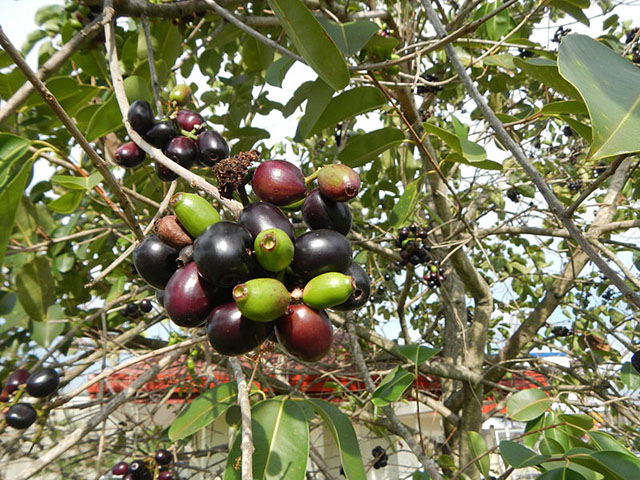
The duhat leaves a dark violet stain on the tongue when eaten. It is likened to an astringent since it causes a “puckering sensation” in the mouth. These are available from March to July.
Durian

Durians are notorious for being smelly because of the mixture of several chemicals found in the fruit. Despite this, they are known as the “King of Fruits” partly due to its size, odor and prickly look. Durians are in season from August to October.
Guyabano (soursop)
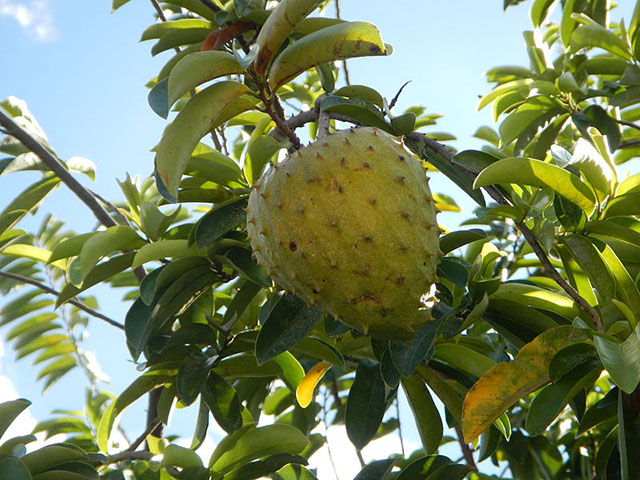
Guyabanos have a sweet pulp that is used to make juice, candies and ice cream flavorings. They are available from August to November.
Caimito (star apple)
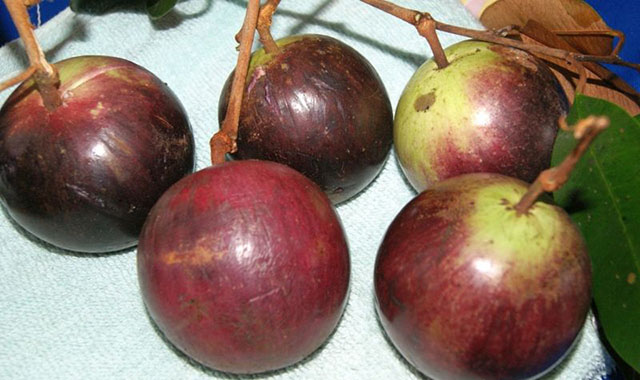
Caimitos are also known as star apples because of their star-like design when sliced in halves. It consists of two colors — white and purple. Caimitos are in season from January to March.
Langka (jackfruit)
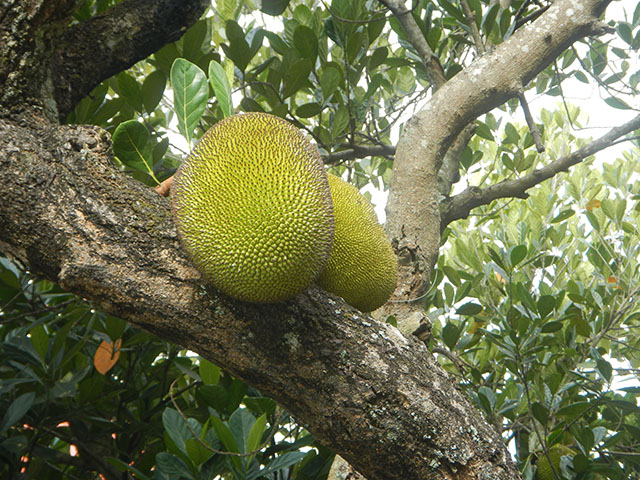
Langkas are usually mixed in halo-halo or banana cue recipes because of their sweet flavor. They are in season from March to May.
Lanzones
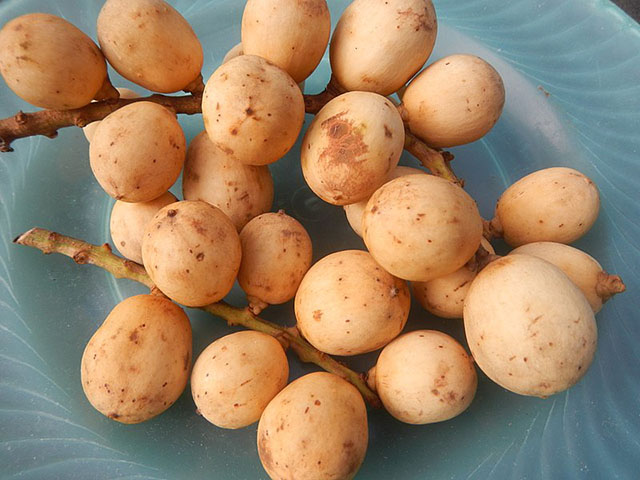
Lanzones are known for its sweet and sour taste but it becomes bitter if you taste its seed. They are available from August to December.
Mango

The mango is the national fruit of the country. One of its ripe varieties, the champagne mango, is considered the sweetest mango in the world. It is in season from March to June.
Mangosteen
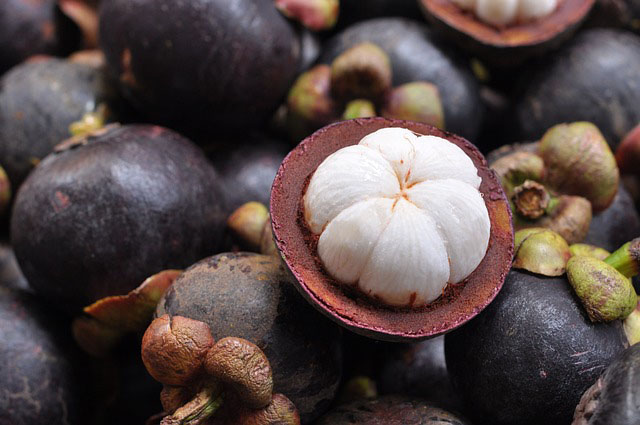
If durian is the “King of Fruits,” then mangosteen is the “Queen of the Fruits” for its high antioxidant properties and crown-like shape once sliced. They are available from June to November.
Melon

Melons are mixed with salads, halo-halo and sometimes even condensed milk. It is also used to prepare juice that is usually a hit during summer. They are available from April to July.
Pakwan (watermelon)

Pakwans are popular as desserts and is best eaten during summer because of its thirst-quenching properties. They are in season from March to July.
Papaya

Papaya was purportedly called the “Fruit of the Angels” by explorer Christopher Columbus because of its sweet and soft, butter-like consistency. It is in season throughout the year.
Pineapple

The Philippines is the second largest producer of pineapples next to Thailand. These fruits are exported to other countries as well. Pineapples are in season from May to July.
Rambutan

The fruit is similar to lychee but rambutan has a seed inside. It is best eaten when it is bright red in color, which means it’s ripe and sweet. They are in season from August to October.
Sampaloc (tamarind)
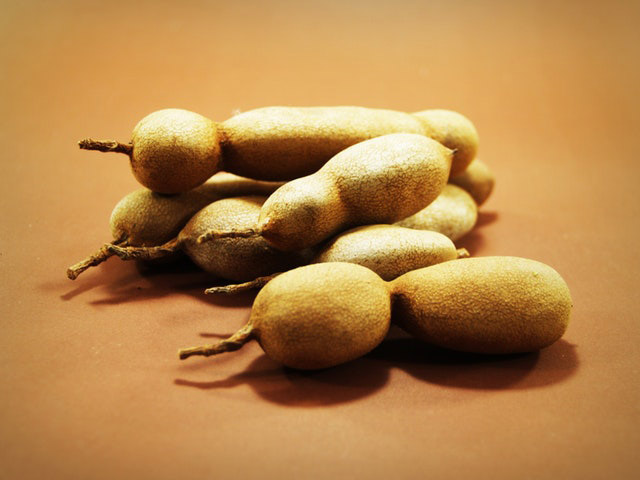
Tamarinds are usually used as a flavoring for savory dishes. They are also prepared as sugar-coated local candies. These fruits are available from October to December.
Santol (cotton fruit)
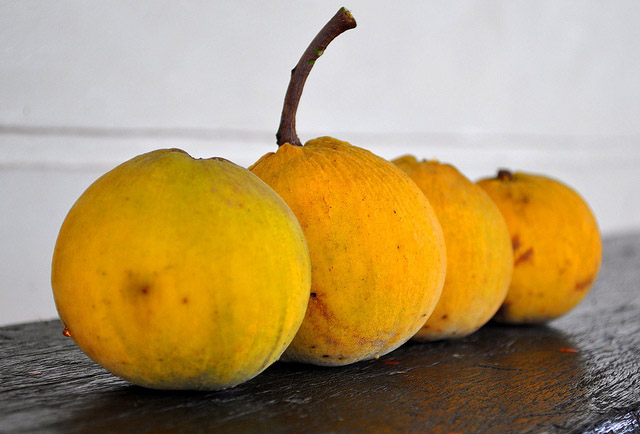
It is also known as a cotton fruit since there is a white cotton-like membrane inside once it is peeled. Some locals eat it with salt to add flavor. It is in season from July to September.
Siniguelas (Spanish plum)

Siniguelas are brought by the Spaniards during the colonization period, hence the name. It contains antioxidants that can help the body heal and repair. The fruit is available from April to June.
Suha (pomelo)
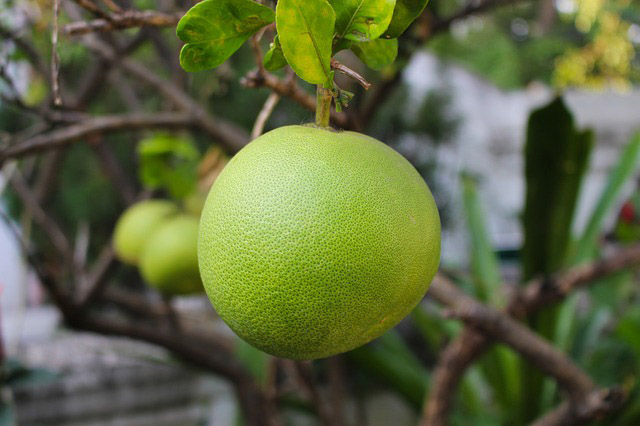
Pomelos are the largest fruit in the citrus family. They are also considered the cousins of grapefruit. Like the santol, some people also eat it with salt. These are available throughout the year.
With the exception of the Durian, I have all of these fruits in my orchard at Chateau Du Mer, Boac, Marinduque. Not in the above list are my avocado and guava trees. For a list of fruit trees in my orchard in the Philippines visit:
https://davidbkatague.blogspot.com/search?q=fruit+trees+in+my+orchard
Other exotic fruits that I have tasted.





No comments:
Post a Comment